The Rufous Elephant Shrew, scientifically known as Elephantulus rufescens, is a small mammal that belongs to the Macroscelididae family. With its distinctive appearance and fascinating behavior, this species has captivated the attention of researchers and wildlife enthusiasts alike. Found primarily in sub-Saharan Africa, these elusive creatures have adapted to a variety of habitats, including grasslands, shrublands, and forests.
Rufous Elephant Shrew: Species Profile
Common Name: Rufous Elephant Shrew
Swahili Name: Popo Miti (literally translated as “tree mouse”)
Scientific Name: Elephantulus rufescens
Type: The Rufous Elephant Shrew belongs to the family Macroscelididae, which comprises various species of elephant shrews. It is classified as a small mammal.
Food: The Rufous Elephant Shrew has a diet primarily consisting of insects, spiders, and other small invertebrates. Its long snout and well-developed sense of smell help it locate and capture its prey with precision.
Habitat: This species is predominantly found in sub-Saharan Africa, inhabiting various countries such as Kenya, Tanzania, Zimbabwe, and South Africa. It thrives in diverse habitats, including grasslands, shrublands, and forests.
Size: The Rufous Elephant Shrew typically measures around 20 centimeters (8 inches) in length, with an additional tail length of approximately 17 centimeters (7 inches). Its compact body is designed for agility and efficient movement.
Average Lifespan in the Natural Habitat: In their natural habitat, Rufous Elephant Shrews have an average lifespan of around 2 to 4 years. However, some individuals have been known to live up to 5 years.
Activity: Rufous Elephant Shrews are diurnal creatures, meaning they are primarily active during the day. They are agile and quick, utilizing their speed and dexterity to forage for food and navigate through their habitat.
Gestation Period: The gestation period of the Rufous Elephant Shrew is approximately 60 days. After this period, the female gives birth to one or two well-developed offspring.
Weight: Adult Rufous Elephant Shrews weigh, on average, between 45 to 60 grams (1.6 to 2.1 ounces). Their lightweight bodies and slender limbs contribute to their agility and ability to maneuver through dense vegetation.
Size Comparison to a 6-ft Man: In terms of size, a Rufous Elephant Shrew is significantly smaller than a 6-ft man. While the shrew measures around 20 centimeters (8 inches) in length, a man of 6 feet stands at approximately 183 centimeters (72 inches). This size difference showcases the compact and diminutive stature of the Rufous Elephant Shrew.
Physical Characteristics
Measuring approximately 20 centimeters in length, the Rufous Elephant Shrew showcases a unique blend of features that make it truly remarkable. Its reddish-brown fur, combined with a long, slender snout, gives it an unmistakable appearance. The elongated nose plays a vital role in foraging, allowing the shrew to search for insects, spiders, and other small invertebrates with remarkable precision.
Habitat and Distribution
Rufous Elephant Shrews are primarily found in eastern and southern Africa, including countries such as Kenya, Tanzania, Zimbabwe, and South Africa. They prefer habitats with dense vegetation, offering them protection from predators while providing abundant food sources. These adaptable creatures can thrive in a variety of environments, from mountainous regions to coastal plains.
Behavior and Diet
The Rufous Elephant Shrew is a highly active and agile creature, known for its swift movements and ability to cover considerable distances in search of food. Despite their small size, they exhibit territorial behavior, marking their territory with scent glands located on their feet. This behavior helps them establish boundaries and prevent conflicts with neighboring shrews.
Their diet primarily consists of insects, spiders, and other invertebrates. Their long snout, coupled with a well-developed sense of smell, enables them to locate hidden prey beneath the surface. With lightning-fast reflexes, they pounce on their unsuspecting prey, showcasing their exceptional hunting skills.
Reproduction and Life Cycle
The reproductive cycle of Rufous Elephant Shrews is a fascinating aspect of their biology. These shrews have a gestation period of approximately 60 days, after which they give birth to one or two well-developed offspring. The newborns are relatively independent and can actively move and feed soon after birth. This unique adaptation allows them to rapidly join their parents in their foraging endeavors.
Conservation Status and Threats
While the Rufous Elephant Shrew is currently listed as a species of least concern by the International Union for Conservation of Nature (IUCN), there are still potential threats to its population. Habitat destruction due to human activities, such as deforestation and agriculture expansion, poses a significant challenge to these remarkable creatures. Conservation efforts are crucial to ensure their continued survival and the preservation of their habitats.
Elephantulus rufescens
Elephantulus rufescens is an intriguing creature that showcases the wonders of nature. Its unique appearance, agile behavior, and remarkable adaptations make it a remarkable species worth protecting. By understanding and appreciating these magnificent creatures, we can contribute to their conservation and ensure that future generations have the opportunity to marvel at the Rufous Elephant Shrew’s beauty.
The Rufous Elephant Shrew, also known as Elephantulus rufescens, is a small mammal native to the diverse landscapes of Africa. This fascinating creature has developed remarkable adaptations that enable it to thrive in various habitats and overcome the challenges it faces. In this article, we will explore the incredible adaptations of the Rufous Elephant Shrew, shedding light on its ability to survive and flourish in its ever-changing environment.
1. Camouflage and Coloration
One of the primary adaptations of the Rufous Elephant Shrew is its remarkable camouflage and coloration. Its reddish-brown fur allows it to blend seamlessly with the surrounding vegetation, providing effective camouflage against potential predators. This coloration helps the shrew remain inconspicuous while foraging for food or navigating through its habitat, increasing its chances of survival.
2. Specialized Snout for Foraging
The Rufous Elephant Shrew possesses a long, slender snout that plays a crucial role in its foraging activities. This specialized snout allows it to probe the soil and leaf litter in search of insects, spiders, and other small invertebrates. With its exceptional sense of smell, the shrew can detect the scent trails left by its prey, enabling it to locate hidden food sources with remarkable precision.
3. Speed and Agility
To navigate its environment effectively, the Rufous Elephant Shrew has evolved incredible speed and agility. These small mammals are known for their swift movements and the ability to cover significant distances in search of food and mates. Their agile nature allows them to dart through dense vegetation, evade predators, and seize opportunities quickly, ensuring their survival in their often challenging surroundings.
4. Adaptations for Predation Avoidance
Surviving in the wild requires effective strategies to avoid becoming prey. The Rufous Elephant Shrew has evolved several adaptations that aid in predator avoidance. Its keen sense of hearing alerts it to the presence of potential threats, enabling quick escape responses. Furthermore, the shrew’s ability to climb trees and take refuge in dense shrubs or burrows provides additional protection from predators.
5. Thermoregulation
Maintaining an optimal body temperature is vital for the Rufous Elephant Shrew, given the fluctuating temperatures in its habitat. To cope with these environmental variations, the shrew possesses adaptations for thermoregulation. Its small body size minimizes heat loss, while specialized sweat glands assist in cooling during hot periods. Conversely, during colder times, the shrew can conserve heat by reducing blood flow to its extremities.
6. Social Behavior
The Rufous Elephant Shrew exhibits interesting social behavior, which contributes to its survival and well-being. While primarily solitary creatures, they engage in communal activities such as scent marking to establish territories and communicate with conspecifics. These behaviors help reduce conflicts and promote successful breeding opportunities within the population.
7. Olfactory Communication
Communication plays a vital role in the life of the Rufous Elephant Shrew, and olfactory signals are key components of its communication repertoire. Scent glands located on the shrew’s feet are used to mark territories and convey information about reproductive status and individual identity. These olfactory cues aid in reducing aggression and facilitating social interactions among shrews.
8. Reproductive Adaptations
The reproductive adaptations of the Rufous Elephant Shrew are remarkable. Female shrews have a relatively short gestation period, typically lasting around 60 days. This allows for rapid reproduction and population growth. Additionally, the ability of newborn shrews to move and feed shortly after birth ensures their immediate contribution to foraging activities, promoting their chances of survival.
Rufous Elephant Shrew’s adaptations highlight its remarkable ability to thrive in diverse environments. From its camouflaged fur and specialized snout to its agility, predator avoidance tactics, and unique social behaviors, this small mammal has evolved a range of strategies to overcome the challenges it encounters. By understanding and appreciating these adaptations, we gain insight into the fascinating world of the Rufous Elephant Shrew and its ability to flourish in the African wilderness.
Where to Find the Rufous Elephant Shrew in Tanzania:
Tanzania, a country known for its rich biodiversity, offers a prime location to observe the fascinating Rufous Elephant Shrew in its natural habitat. In this section, we will guide you through some of the regions and national parks in Tanzania where you have the best chances of encountering this unique mammal. Prepare to embark on an exciting adventure as we explore the whereabouts of the Rufous Elephant Shrew in Tanzania.
1. Serengeti National Park
Renowned for its annual wildebeest migration, the vast Serengeti National Park is also home to the Rufous Elephant Shrew. This iconic park, located in northern Tanzania, encompasses a diverse range of ecosystems, including grasslands, woodlands, and riverine habitats. Keep a keen eye out for these elusive shrews as you explore the Serengeti’s vast plains and witness the incredible wildlife that roams within.
2. Ngorongoro Conservation Area
The Ngorongoro Conservation Area, a UNESCO World Heritage Site, offers a unique setting to spot the Rufous Elephant Shrew. This stunning area encompasses the breathtaking Ngorongoro Crater, a volcanic caldera teeming with wildlife. While exploring the diverse landscapes of the conservation area, including grasslands and forests, keep your camera ready to capture the sight of the Rufous Elephant Shrew darting through its natural habitat.
3. Tarangire National Park
Located in northern Tanzania, Tarangire National Park is famous for its vast elephant herds and picturesque baobab trees. Amidst this stunning landscape, the Rufous Elephant Shrew finds its home. As you venture through the park’s diverse habitats, including riverine areas and acacia woodlands, keep a lookout for these small, agile mammals. The park’s varied ecosystems provide ample opportunities to spot these fascinating creatures in their natural environment.
4. Ruaha National Park
Situated in central Tanzania, Ruaha National Park is the country’s largest national park and offers a pristine wilderness for wildlife enthusiasts. The diverse habitats of Ruaha, ranging from open plains to dense woodlands, serve as an ideal home for the Rufous Elephant Shrew. Explore the park’s network of rivers, stunning rock formations, and acacia woodlands to increase your chances of encountering this unique mammal.
5. Mikumi National Park
Mikumi National Park, located in southeastern Tanzania, provides a lesser-known but equally captivating destination to observe the Rufous Elephant Shrew. The park’s open grasslands, dotted with acacia trees and captivating baobabs, offer an ideal habitat for these small mammals. Embark on a safari adventure through Mikumi, and with a bit of luck and patience, you may catch a glimpse of the Rufous Elephant Shrew amidst the picturesque landscapes.
6. Udzungwa Mountains National Park
For those seeking a more adventurous encounter with the Rufous Elephant Shrew, a visit to Udzungwa Mountains National Park is highly recommended. This lush, mountainous park in southern Tanzania is known for its stunning waterfalls, pristine forests, and diverse wildlife. Trek through the park’s winding trails, and you may be rewarded with the sight of the Rufous Elephant Shrew darting through the undergrowth, showcasing its agility and unique adaptations.
Remember, the Rufous Elephant Shrew is a small and elusive creature, so patience and attentiveness are key when searching for them in their natural habitats. Engaging the services of experienced guides and naturalists can greatly enhance your chances of encountering these captivating mammals while ensuring minimal impact on their environment.
Embark on a journey to Tanzania’s renowned national parks and conservation areas, and let the allure of the Rufous Elephant Shrew captivate you as you witness its unique behavior in the wild.
Rufous Elephant Shrew Safari Tips:
Embarking on a Rufous Elephant Shrew safari in search of this captivating creature is an exciting and rewarding experience. To make the most of your adventure and increase your chances of spotting these elusive shrews, we have compiled a set of valuable tips. From choosing the right time to understanding their behavior, these guidelines will enhance your wildlife encounter and leave you with lasting memories. Get ready for an unforgettable Rufous Elephant Shrew safari with these essential tips.
1. Research and Plan Ahead
Before setting off on your safari, conduct thorough research about the Rufous Elephant Shrew and the locations where they can be found. Familiarize yourself with their appearance, behavior, and preferred habitats. This knowledge will help you identify them more effectively during your safari. Additionally, consider the best time of year to visit the specific regions where these shrews reside, as seasonal variations can affect their visibility.
2. Engage Experienced Guides
When planning your Rufous Elephant Shrew safari, it is highly recommended to engage the services of experienced guides and naturalists. Their expertise and knowledge of the local wildlife will greatly enhance your safari experience. They can help you locate the shrews, provide valuable insights into their behavior, and ensure your safety during the excursion. Their trained eyes and understanding of the ecosystem will increase your chances of spotting these small, elusive mammals.
3. Choose the Right Time of Day
The Rufous Elephant Shrew is primarily active during the day, particularly in the early morning and late afternoon. Plan your safari activities accordingly, as these are the optimal times to spot them. Take advantage of the soft lighting and cooler temperatures during these periods, which not only improve visibility but also increase the likelihood of encountering these fascinating creatures.
4. Practice Patience and Silence
Patience is a virtue when it comes to wildlife observation, and the Rufous Elephant Shrew is no exception. Take your time and be prepared to wait silently for their appearance. Avoid loud noises or sudden movements that may startle or disturb the shrews. By remaining calm and patient, you increase your chances of witnessing their natural behaviors and capturing unique photographs.
5. Utilize Binoculars and Cameras
Binoculars are invaluable tools for wildlife enthusiasts, allowing you to observe animals from a safe distance without causing any disturbance. Pack a pair of high-quality binoculars to enhance your Rufous Elephant Shrew safari experience. Additionally, bring along a camera with a telephoto lens to capture close-up shots of these small mammals. Remember to respect their natural habitat and keep a safe distance to avoid causing stress or disturbance.
6. Observe from Hiding Spots
When in the presence of Rufous Elephant Shrews, it is beneficial to find suitable hiding spots or observation points. Use natural cover, such as rocks, bushes, or trees, to conceal yourself while maintaining a clear view of their habitat. By minimizing your visibility, you increase the chances of observing their natural behaviors without disrupting their activities.
7. Respect Wildlife and their Environment
While on your Rufous Elephant Shrew safari, it is crucial to prioritize the well-being of the wildlife and their habitat. Respect any regulations or guidelines set by the national parks or conservation areas you visit. Do not approach the shrews too closely or attempt to touch or disturb them in any way. Admire them from a respectful distance and ensure that your actions have minimal impact on their natural behaviors.
8. Learn and Appreciate the Ecosystem
The Rufous Elephant Shrew is just one part of the intricate ecosystem it inhabits. Take the time to learn about the other plants, animals, and ecological processes that contribute to its existence. Gain a holistic understanding of the ecosystem and appreciate the interconnectedness of all its components. This knowledge will deepen your appreciation for the Rufous Elephant Shrew and the importance of preserving its natural habitat.
By following these Rufous Elephant Shrew safari tips, you can maximize your chances of encountering these remarkable creatures while promoting responsible and ethical wildlife tourism. Enjoy the beauty of nature, cherish the moments of wildlife observation, and create memories that will last a lifetime.
Frequently Asked Questions about the Rufous Elephant Shrew
As we delve deeper into the world of the Rufous Elephant Shrew, it’s natural to have questions about this intriguing creature. In this section, we address some of the most frequently asked questions to provide you with a comprehensive understanding of this unique mammal and its characteristics. Read on to find answers to your burning queries about the Rufous Elephant Shrew.
Q1: What is the Rufous Elephant Shrew?
A1: The Rufous Elephant Shrew, scientifically known as Elephantulus rufescens, is a small mammal endemic to Africa. It belongs to the Macroscelididae family and is characterized by its reddish-brown fur, long snout, and remarkable agility.
Q2: Where does the Rufous Elephant Shrew live?
A2: The Rufous Elephant Shrew is primarily found in sub-Saharan Africa, inhabiting various countries such as Kenya, Tanzania, Zimbabwe, and South Africa. It thrives in diverse habitats, including grasslands, shrublands, and forests.
Q3: What does the Rufous Elephant Shrew eat?
A3: The Rufous Elephant Shrew has a diet predominantly consisting of insects, spiders, and other small invertebrates. Its long, slender snout and well-developed sense of smell enable it to locate and capture its prey with remarkable precision.
Q4: How does the Rufous Elephant Shrew protect itself from predators?
A4: The Rufous Elephant Shrew employs several strategies to protect itself from predators. Its excellent sense of hearing helps detect potential threats, allowing it to escape quickly. Additionally, its agility and speed enable it to navigate through dense vegetation and find refuge in trees or shrubs, minimizing the risk of predation.
Q5: Is the Rufous Elephant Shrew endangered?
A5: Currently, the Rufous Elephant Shrew is listed as a species of least concern by the International Union for Conservation of Nature (IUCN). However, habitat destruction and human activities pose potential threats to its population. Conservation efforts are crucial to ensure the long-term survival of this remarkable species.
Q6: How does the Rufous Elephant Shrew communicate?
A6: The Rufous Elephant Shrew relies on various forms of communication. It utilizes scent marking, primarily through scent glands located on its feet, to establish territories and convey information to conspecifics. Olfactory cues play a significant role in reducing aggression and facilitating social interactions among shrews.
Q7: How many offspring does the Rufous Elephant Shrew have?
A7: The Rufous Elephant Shrew typically gives birth to one or two well-developed offspring after a gestation period of around 60 days. These newborn shrews are relatively independent and can actively move and feed shortly after birth.
Q8: Can the Rufous Elephant Shrew be kept as a pet?
A8: The Rufous Elephant Shrew is a wild animal and is not suitable for domestication or keeping as a pet. It is important to respect the natural habitat and conservation needs of these creatures and appreciate them in their natural environment.
We hope these answers have provided you with valuable insights into the fascinating world of the Rufous Elephant Shrew. If you have any further questions, feel free to reach out and continue your exploration of this captivating mammal.

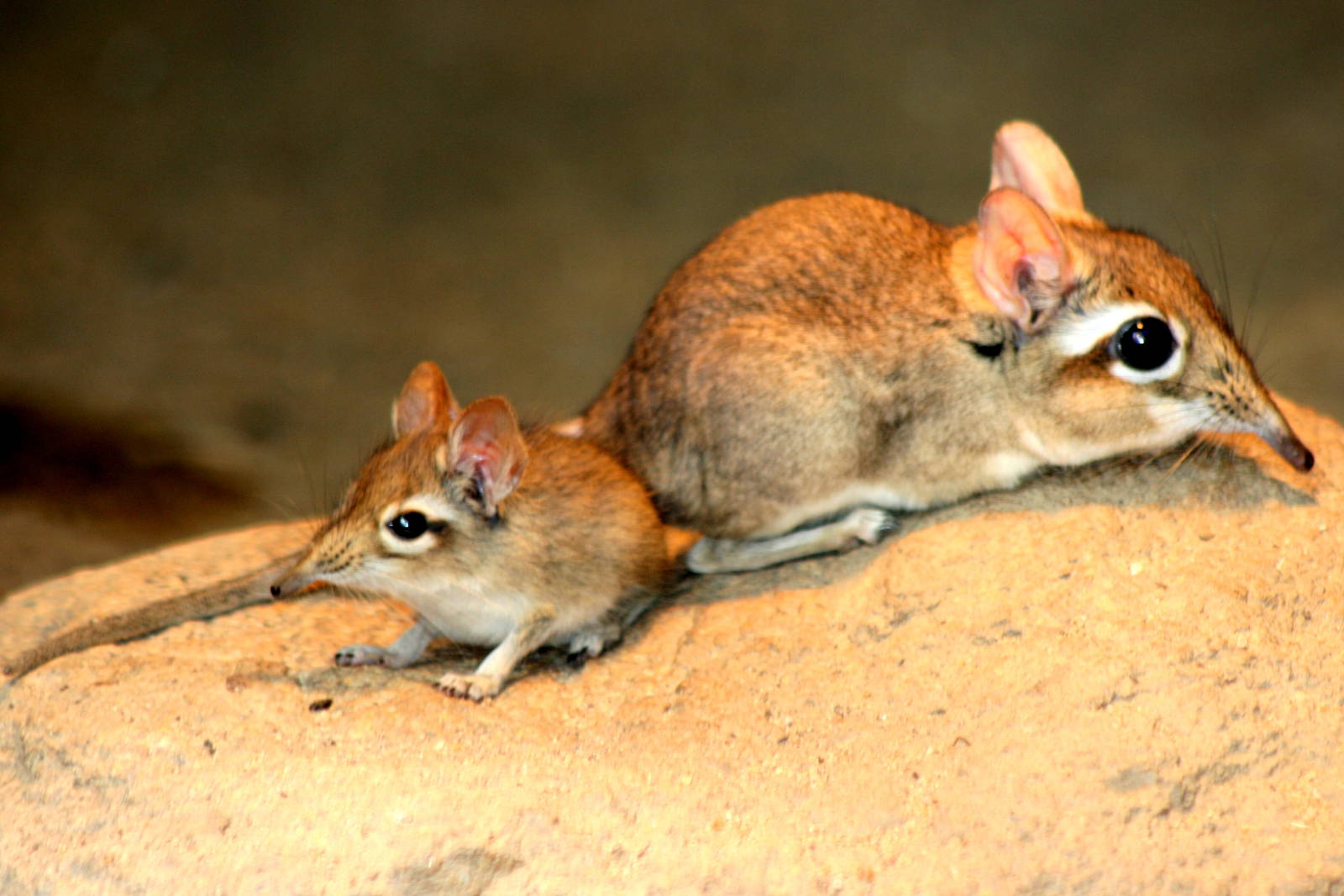
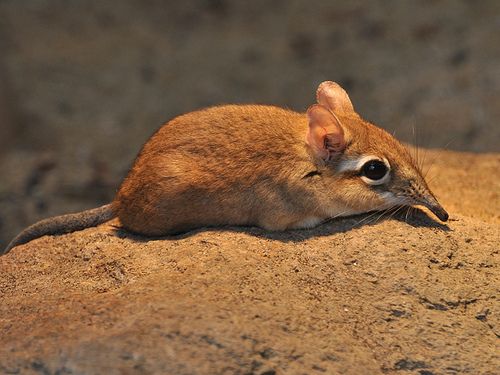
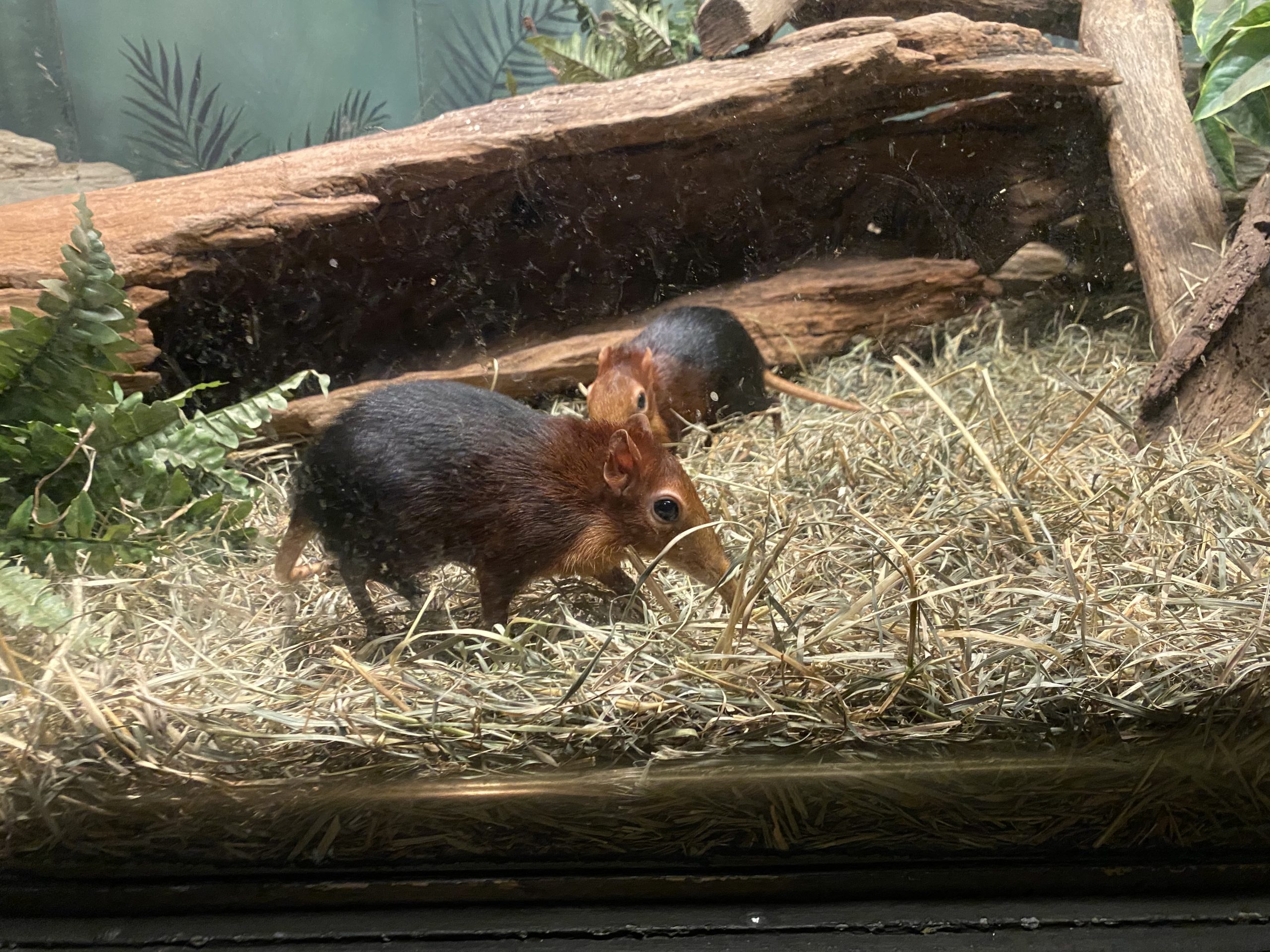
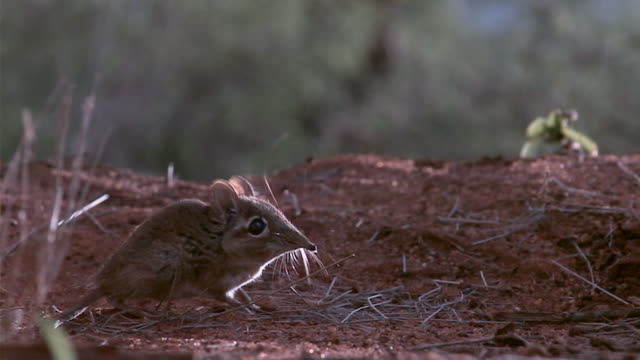
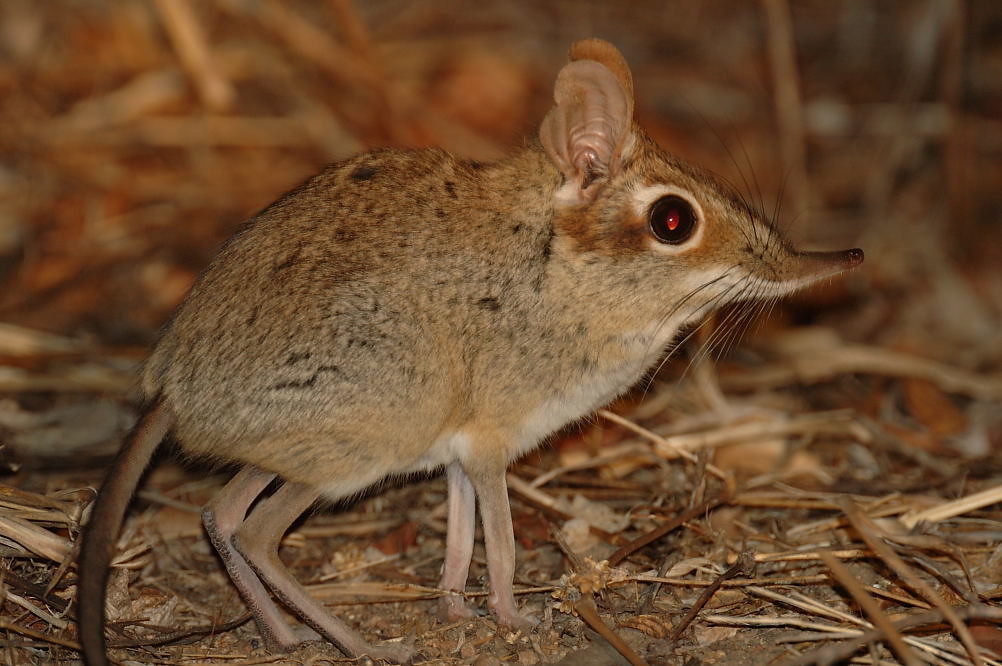
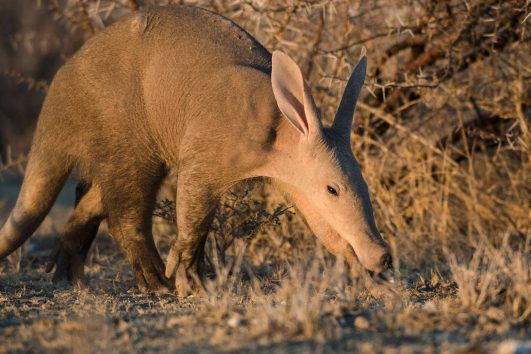
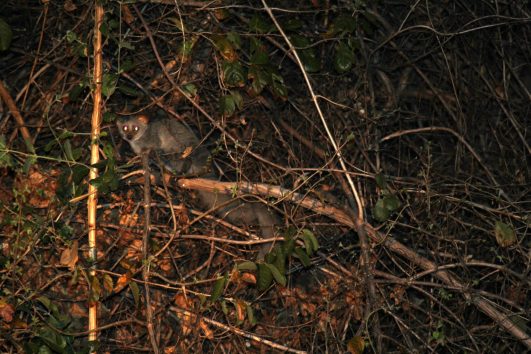
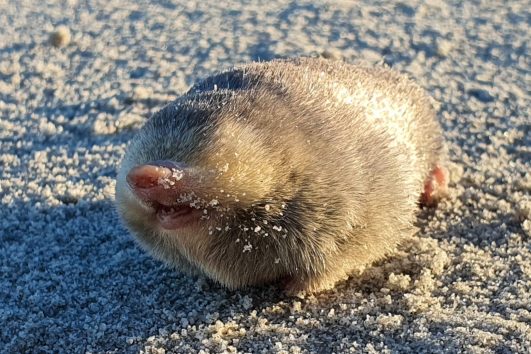
Tour Reviews
There are no reviews yet.
Leave a Review